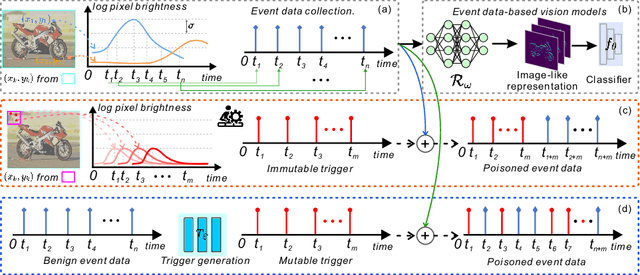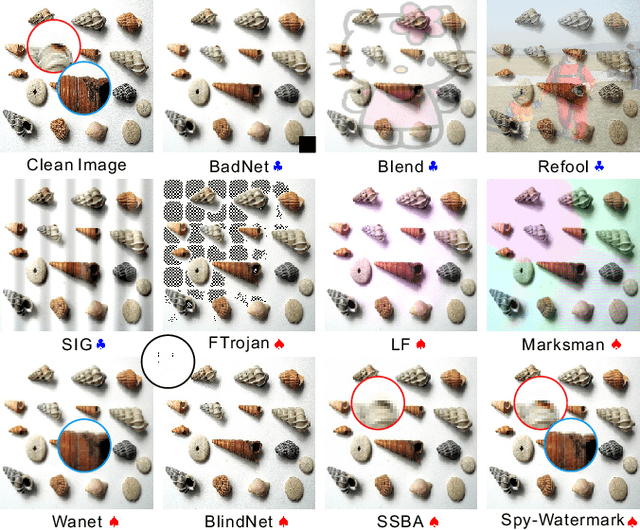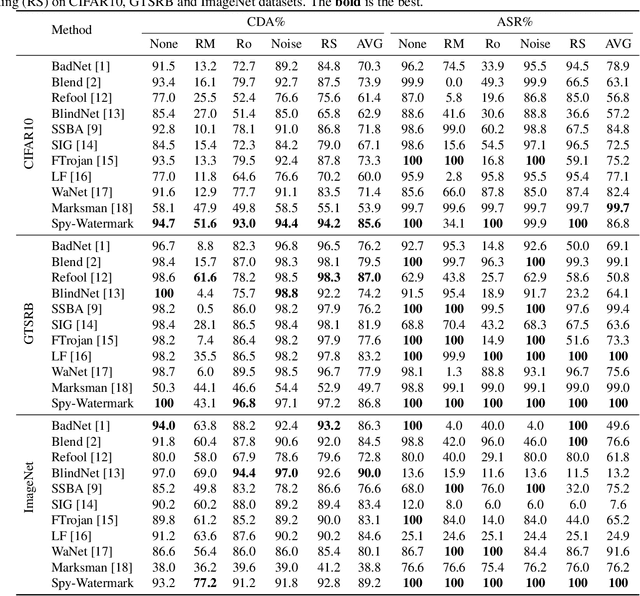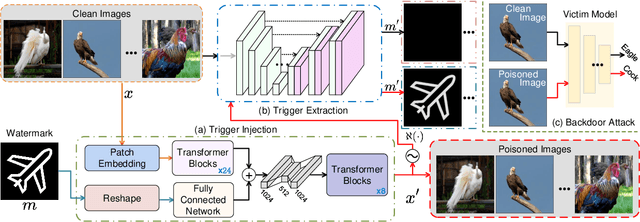Ruofei Wang
Physics-informed deep operator network for traffic state estimation
Aug 18, 2025Abstract:Traffic state estimation (TSE) fundamentally involves solving high-dimensional spatiotemporal partial differential equations (PDEs) governing traffic flow dynamics from limited, noisy measurements. While Physics-Informed Neural Networks (PINNs) enforce PDE constraints point-wise, this paper adopts a physics-informed deep operator network (PI-DeepONet) framework that reformulates TSE as an operator learning problem. Our approach trains a parameterized neural operator that maps sparse input data to the full spatiotemporal traffic state field, governed by the traffic flow conservation law. Crucially, unlike PINNs that enforce PDE constraints point-wise, PI-DeepONet integrates traffic flow conservation model and the fundamental diagram directly into the operator learning process, ensuring physical consistency while capturing congestion propagation, spatial correlations, and temporal evolution. Experiments on the NGSIM dataset demonstrate superior performance over state-of-the-art baselines. Further analysis reveals insights into optimal function generation strategies and branch network complexity. Additionally, the impact of input function generation methods and the number of functions on model performance is explored, highlighting the robustness and efficacy of proposed framework.
Event Trojan: Asynchronous Event-based Backdoor Attacks
Jul 09, 2024



Abstract:As asynchronous event data is more frequently engaged in various vision tasks, the risk of backdoor attacks becomes more evident. However, research into the potential risk associated with backdoor attacks in asynchronous event data has been scarce, leaving related tasks vulnerable to potential threats. This paper has uncovered the possibility of directly poisoning event data streams by proposing Event Trojan framework, including two kinds of triggers, i.e., immutable and mutable triggers. Specifically, our two types of event triggers are based on a sequence of simulated event spikes, which can be easily incorporated into any event stream to initiate backdoor attacks. Additionally, for the mutable trigger, we design an adaptive learning mechanism to maximize its aggressiveness. To improve the stealthiness, we introduce a novel loss function that constrains the generated contents of mutable triggers, minimizing the difference between triggers and original events while maintaining effectiveness. Extensive experiments on public event datasets show the effectiveness of the proposed backdoor triggers. We hope that this paper can draw greater attention to the potential threats posed by backdoor attacks on event-based tasks. Our code is available at https://github.com/rfww/EventTrojan.
Spy-Watermark: Robust Invisible Watermarking for Backdoor Attack
Jan 04, 2024



Abstract:Backdoor attack aims to deceive a victim model when facing backdoor instances while maintaining its performance on benign data. Current methods use manual patterns or special perturbations as triggers, while they often overlook the robustness against data corruption, making backdoor attacks easy to defend in practice. To address this issue, we propose a novel backdoor attack method named Spy-Watermark, which remains effective when facing data collapse and backdoor defense. Therein, we introduce a learnable watermark embedded in the latent domain of images, serving as the trigger. Then, we search for a watermark that can withstand collapse during image decoding, cooperating with several anti-collapse operations to further enhance the resilience of our trigger against data corruption. Extensive experiments are conducted on CIFAR10, GTSRB, and ImageNet datasets, demonstrating that Spy-Watermark overtakes ten state-of-the-art methods in terms of robustness and stealthiness.
Background-Mixed Augmentation for Weakly Supervised Change Detection
Dec 01, 2022Abstract:Change detection (CD) is to decouple object changes (i.e., object missing or appearing) from background changes (i.e., environment variations) like light and season variations in two images captured in the same scene over a long time span, presenting critical applications in disaster management, urban development, etc. In particular, the endless patterns of background changes require detectors to have a high generalization against unseen environment variations, making this task significantly challenging. Recent deep learning-based methods develop novel network architectures or optimization strategies with paired-training examples, which do not handle the generalization issue explicitly and require huge manual pixel-level annotation efforts. In this work, for the first attempt in the CD community, we study the generalization issue of CD from the perspective of data augmentation and develop a novel weakly supervised training algorithm that only needs image-level labels. Different from general augmentation techniques for classification, we propose the background-mixed augmentation that is specifically designed for change detection by augmenting examples under the guidance of a set of background-changing images and letting deep CD models see diverse environment variations. Moreover, we propose the augmented & real data consistency loss that encourages the generalization increase significantly. Our method as a general framework can enhance a wide range of existing deep learning-based detectors. We conduct extensive experiments in two public datasets and enhance four state-of-the-art methods, demonstrating the advantages of our method. We release the code at https://github.com/tsingqguo/bgmix.
IDET: Iterative Difference-Enhanced Transformers for High-Quality Change Detection
Jul 15, 2022



Abstract:Change detection (CD) aims to detect change regions within an image pair captured at different times, playing a significant role for diverse real-world applications. Nevertheless, most of existing works focus on designing advanced network architectures to map the feature difference to the final change map while ignoring the influence of the quality of the feature difference. In this paper, we study the CD from a new perspective, i.e., how to optimize the feature difference to highlight changes and suppress unchanged regions, and propose a novel module denoted as iterative difference-enhanced transformers (IDET). IDET contains three transformers: two transformers for extracting the long-range information of the two images and one transformer for enhancing the feature difference. In contrast to the previous transformers, the third transformer takes the outputs of the first two transformers to guide the enhancement of the feature difference iteratively. To achieve more effective refinement, we further propose the multi-scale IDET-based change detection that uses multi-scale representations of the images for multiple feature difference refinements and proposes a coarse-to-fine fusion strategy to combine all refinements. Our final CD method outperforms seven state-of-the-art methods on six large-scale datasets under diverse application scenarios, which demonstrates the importance of feature difference enhancements and the effectiveness of IDET.
 Add to Chrome
Add to Chrome Add to Firefox
Add to Firefox Add to Edge
Add to Edge